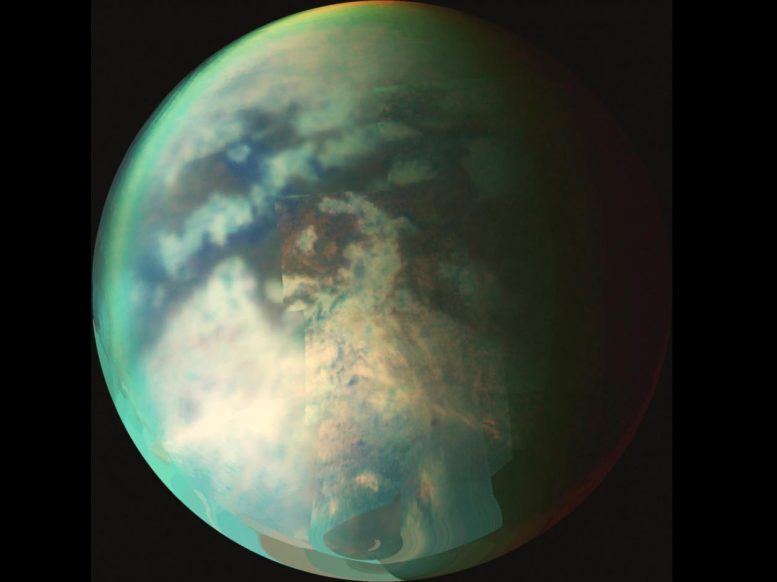
In the old days it used to be largely guess-work when determining which alien worlds might be most livable, but not anymore. These days we can be pretty sure which planets and moons are most likely to have life thriving on their surface or in their oceans.
An international team has now come up with two ratings systems for the probability of alien life and the results were published in the journal Astrobiology. The two ratings systems are an Earth Similarity Index (ESI) and a Planetary Habitability Index (PHI). The ESI rates how Earth-like planets are, while the PHI examines whether conditions exist on exoplanets that suggest the possibility of other forms of life.
The maximum value for the ESI was 1.00 for Earth, so the idea is that we are ideally looking for anything close to 1.00. In our solar system, only Mars and Mercury came close, with a value of 0.70 for Mars and 0.60 for Mercury. The closest scores for ESI beyond our home solar system were for Gliese 581g, which had 0.89, and Gliese 581d, which scored 0.74.
The PHI top scorer was Saturn’s moon Titan, with 0.64, then Mars with 0.59 and Europa at 0.47. Interestingly the highest scoring exoplanets were the same as for ESI: Gliese 581g at 0.49 and Gliese 581d at 0.43.
Perhaps we should be looking deeper into the Gliese 581 system, which has four or five planets orbiting a red dwarf star. These indexes should help us zero in on life out there, if it exists and the data can be amended as technology moves forward and we learn more about any given moon or planet.